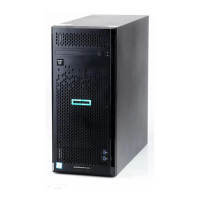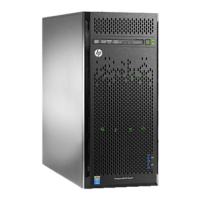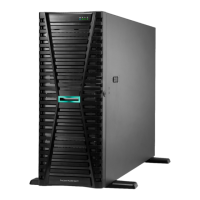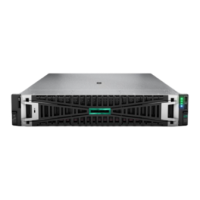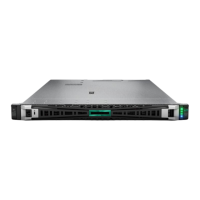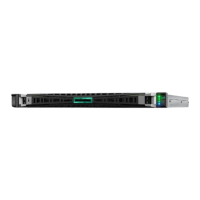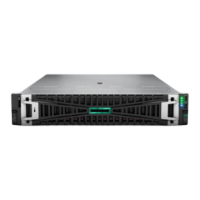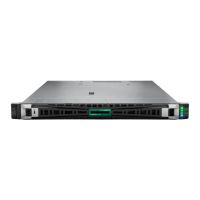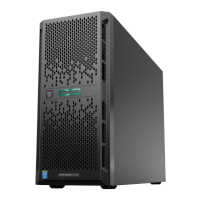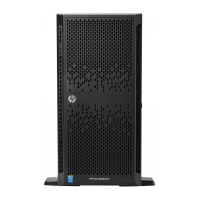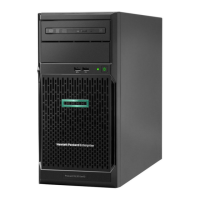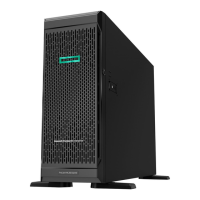IMPORTANT:IMPORTANT:
When you replace a transceiver with another of a different type, the server might retain selected port-specific configuration
settings that were configured for the replaced transceiver. Be sure to validate or reconfigure port settings as required.
Installing a transceiverInstalling a transceiver
PrerequisitesPrerequisites
Before installing a transceiver option, review the following:
Transceiver warnings and cautions
Transceiver documentation for specific operational and cabling requirements
ProcedureProcedure
1. Hold the transceiver by its sides and gently insert it into the network adapter port until it clicks into place.
Transceivers are keyed so that they can only be inserted in the correct orientation. If the transceiver does not fit easily into the port, you
might have positioned it incorrectly. Reverse the orientation of the transceiver and insert it again.
2. Remove the dust plug or protective cover from the transceiver.
3. Connect a compatible LAN segment cable to the transceiver.
4. Make sure that the NIC link LED on the port is solid green.
For more information on the port LED behavior, see the documentation that ships with the transceiver.
5. If needed, see the transceiver documentation for the model-specific fastening mechanism applicable to the transceiver.
ResultsResults
The installation is complete.
M.2 SSD optionsM.2 SSD options
The server has two M.2 slots on the system board . These slots support NVMe and SATA SSDs in 2280 and 22110 form factors . Install an
M.2 SSD option for:
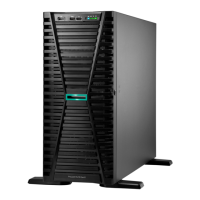
